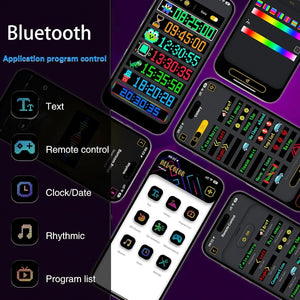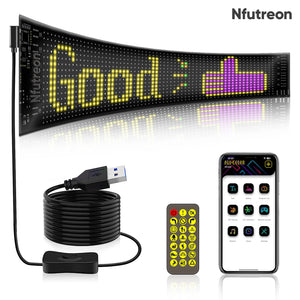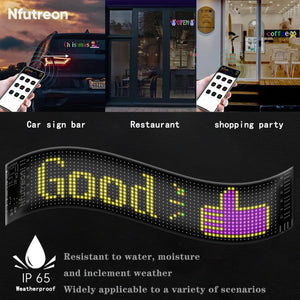Installing LED matrix panels and resistive touch screens can seem daunting at first. But with the right steps it’s easy. Let’s break it down.

What You’ll Need
Before you start, get these:
-
LED Matrix Panel
-
Resistive Touch Screen
-
Microcontroller or Driver Board
-
Wiring tools (jumper wires and connectors)
-
Power Supply
-
Soldering iron (if needed)
Having all this ready will save you time and headaches.
Step 1: Connect the LED Matrix Panel
The LED matrix panel is the star of the show. Follow these simple steps to get it up and running.
Choose the Right Power Supply
LED panels need power and the power supply is key. Check the voltage and current ratings for your panel. For small LED panels 5V DC will do. If you have a bigger one it may need more power so make sure your power supply can handle the load.
Connect to Your Microcontroller
To control the display you’ll connect the LED matrix to a microcontroller (Arduino or Raspberry Pi). Use jumper wires to connect the power and data pins. Make sure to match the pin configuration of your controller and panel. Miswiring can damage the hardware so double check!
Test the Connection
Once wired run a simple test script on your microcontroller. Most libraries for LED panels, like Adafruit’s GFX library, have example code to get started. Upload the script and see if the panel lights up.
Step 2: Mount the Resistive Touch Screen
Now let’s move on to the resistive touch screen. Here’s how to set it up.
Where to Mount
Touch screens are sensitive to pressure so mount them on a stable surface. Don’t expose the screen to too much direct pressure or it will fail over time. A good frame or enclosure will protect it.
Wire the Touch Screen
Like the LED matrix your touch screen also needs to connect to a microcontroller. Typically resistive touch screens have 4 pins: 2 for X-axis and 2 for Y-axis. Connect these to your controller according to the pinout in the datasheet.
Calibrate the Touch Screen
Once wired you’ll need to calibrate the touch sensitivity. This will make sure that when you touch a certain spot on the screen it registers correctly. You can use available calibration libraries or write your own code.
Step 3: Adjust the LED Matrix Display
Now that your hardware is connected, you can tweak the LED matrix.
Brightness
Many LED matrix panels have brightness control. You can do this in your microcontroller code. For example, if you’re using FastLED, you can adjust the brightness in the setup function. Lower is better for power savings and panel lifespan.
Check for Dead Pixels
Once the panel is up and running, check for dead or flickering pixels. This could be loose wiring or faulty LEDs. Fixing it might be as simple as re-soldering a connection or replacing a faulty LED.
Refresh Rate
A low refresh rate will make your display flicker. You can adjust this in your code. Higher refresh rates means smoother visuals but more power consumption. Find a balance for your project.
Step 4: Fine Tune the Touch Screen
Now that your touch screen is installed, let’s get it working.
Sensitivity
If the touch feels off, adjust the sensitivity. This is usually done through software. Many controllers allow you to adjust the response rate or debounce time (which filters out unwanted touches).
Multi-Touch (If Applicable)
Some resistive touch screens support basic multi-touch. If yours does, try touching multiple points on the screen. Make sure it responds correctly.
Common Fixes
Even with proper installation, problems can arise. Here are some quick solutions:
-
LED Matrix Not Lighting Up: Check the power and wiring. Sometimes it’s just a loose connection.
-
Touch Screen Not Working: Double check the calibration and wiring. Wrong pin connections or uncalibrated settings can cause issues.
-
Flickering LEDs: This could be due to low power or poor solder joints. Try increasing the power or fix the connections.





